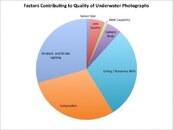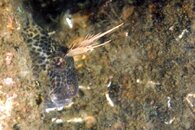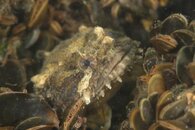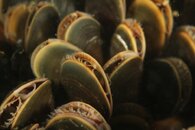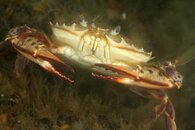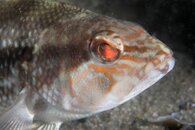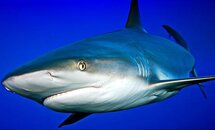Something else you may want to consider is the size/weight of a DSLR when you travel.
I agree, seeing other people using DSLRs with strobes, all I can think of is, I would have to carry that stuff around on my travels, and if I go out in the evening I'd be nervous to leave the camera in my hotel room... much easier to carry the Powershot around. And when I'm on vacation I don't want to worry about stuff like that
I would love the RX100 though! It's basically as compact as the Powershot (just a tiny bit thicker), but with a significantly larger sensor! If I wouldn't already have the S95 I'd be seriously tempted by the RX100, even though it's also quite a bit more expensive.
My colleague actually bought the S110, and I found out that you can use manual white balance with video mode. That is something I am really missing on the S95. Not sure if there's some sort of 3rd party firmware to enable that, or if it's a hardware limitation. Have to look into that some time.
I think if I were in the US right now, I'd also be very tempted by the PM-1 Pen plus Housing package deal, 500$ for a ILC plus Housing... seems like a steal to me.
Good point... I just put that together because there are a LOT of threads here where people who are posting blurry, washed out green photos of half of a snapper's tail will go on and on about sensor size and RAW capabilities!
Yeah, I know some people who buy according to tests and reviews and only want the best...and when we go diving they look at my pictures and ask me how I do it with such a small camera, because they spend a lot of money on their significantly bigger (and more expensive) cameras. I mean, I don't even think that my pictures are THAT good
But good enough for me that I am happy and don't feel I need to upgrade yet. After all, I don't earn money with my pictures, they have to please no one but me



For example these ones, no flash, no raw, just manual white balance and auto levels/contrast in post processing. Visibility was maybe 3 to 4 meters, and everybody acted suprised and asked me how I was able to take pictures kinda clear and in focus, because everybody elses pictures were just blurred or had a lot of crap in front of the subject. And on the frogfish picture you can actually see silt coming in from the right, caused by another diver who also wanted to take a picture of the frogfish. He used his hands in an attempt to position himself, stirring up the ground.





